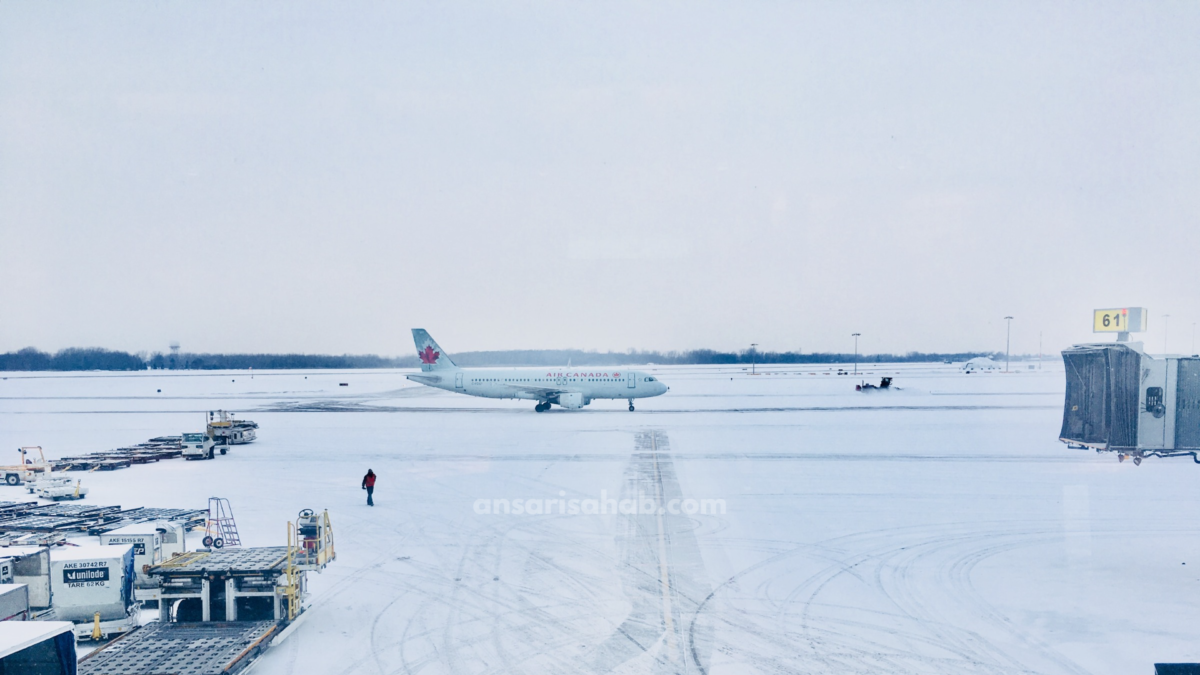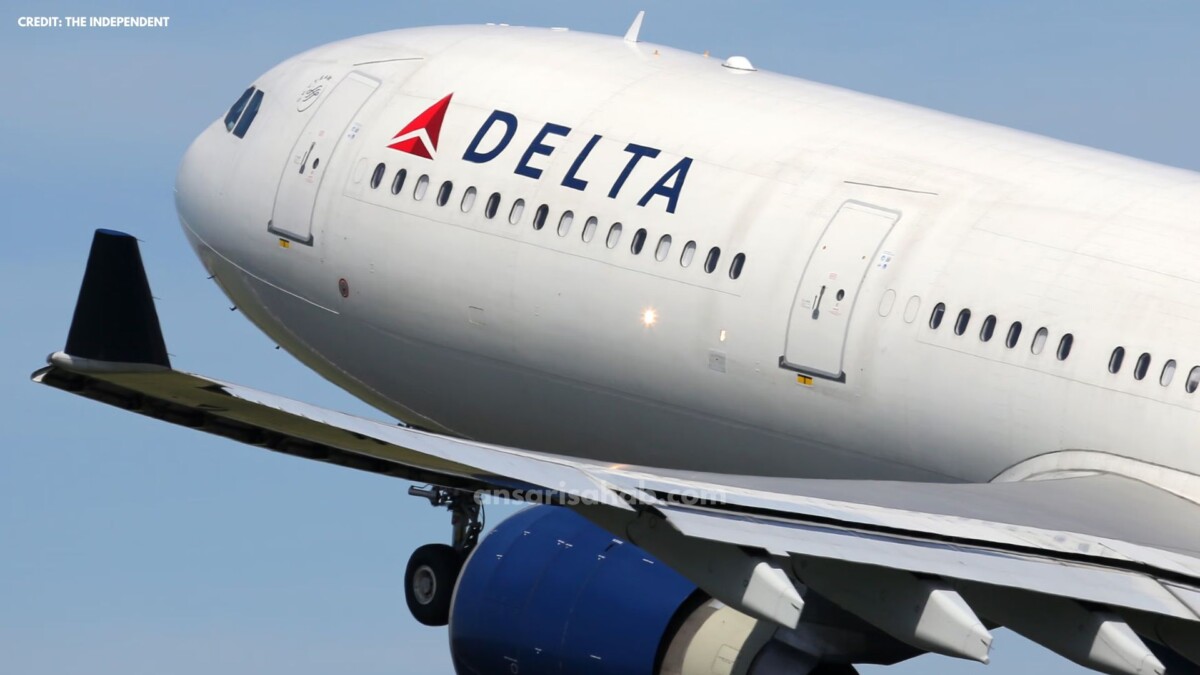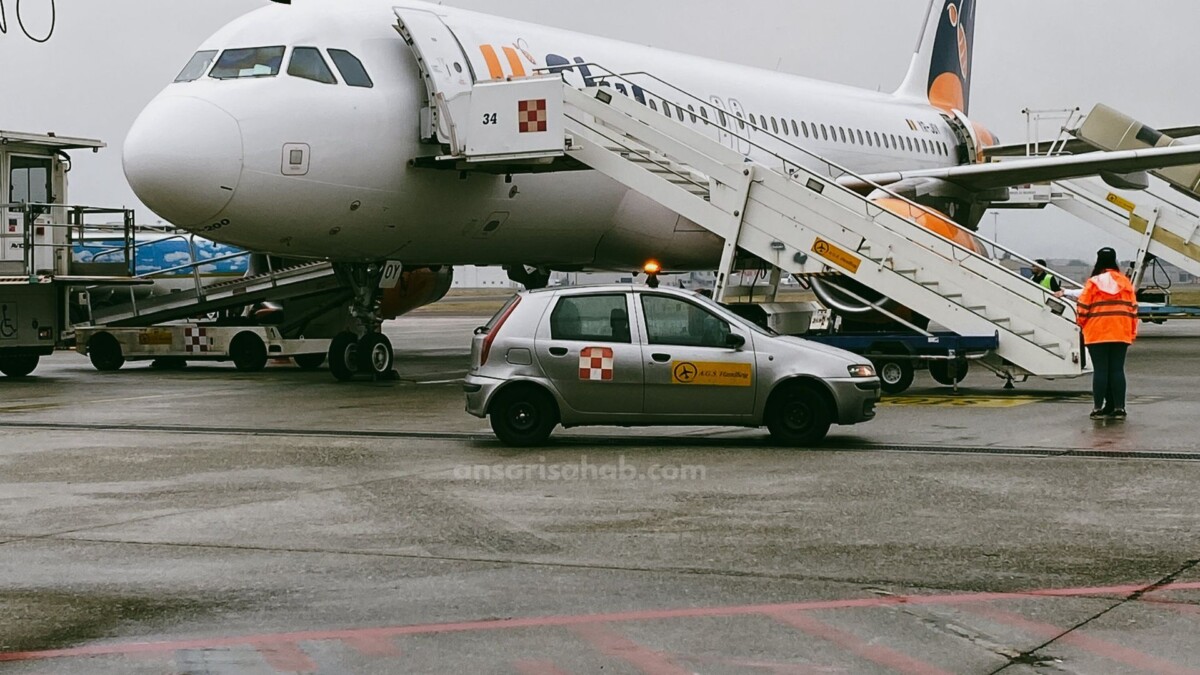Blaze in Cabin Prompts Emergency Landing
An in-flight battery fire aboard Air China Flight CA139 forced an emergency landing at Shanghai Pudong International Airport on 18 October 2025. The Airbus A321, bound from Hangzhou to Seoul’s Incheon Airport, diverted after a lithium battery stored in a passenger’s overhead bag spontaneously ignited mid-air, filling the cabin with smoke and sparking panic, according to airline and media reports.
Air China confirmed no injuries were reported and credited the cabin crew for prompt fire suppression.
Flight Details and Incident Timeline
Flight CA139 departed Hangzhou Xiaoshan International Airport at 9:47 a.m. local time and was climbing through cruising altitude when the fire erupted at approximately 10:19 a.m. while flying over the East China Sea. The plane had been scheduled to land in Seoul at 12:20 p.m. local time.
Video footage circulated on social media depicting orange flames and thick plumes of grey smoke bursting from an overhead compartment as cabin crew raced down the aisle with fire extinguishers. Passengers were heard shouting “hurry up” in Korean as the smoke filled the cabin.
The crew followed emergency protocol, isolated the fire, and diverted the aircraft to Shanghai. It landed safely at Pudong, and a replacement aircraft was arranged to continue the flight to Seoul later that day.
Investigation Points to Lithium-Battery Cause
According to the South China Morning Post, the fire was caused by a single lithium battery in carry-on luggage stored in the overhead bin. The statement from Air China said: “a lithium battery in a passenger’s carry-on luggage stored in the overhead compartment spontaneously ignited.”
The incident adds to a growing number of aviation safety incidents involving lithium-ion batteries. The U.S. Federal Aviation Administration (FAA) warns that damaged or over-charged lithium cells can enter “thermal runaway” — a rapid self-heating process that can trigger combustion.
Chinese aviation authorities said the aircraft’s fire-detection and suppression systems worked as designed. The airline noted that the aircraft suffered no structural damage and was cleared to resume service after an inspection.
Broader Safety Implications for Passengers & Airlines
Heightened Risk from Passenger Electronics
Portable power banks, laptops and spare batteries are key concerns for airlines worldwide. The battery that ignited in Flight CA139 is believed to have been a power bank, though airline officials did not confirm the exact device.
Aviation analysts stress that while most batteries are safe, the risk increases when batteries are damaged, overheated or improperly stored. Some airlines have already revised policies banning power banks from checked baggage and restricting placement in overhead bins.
Impact on Passenger Behaviour and Screening
For passengers, the incident reinforces the importance of understanding airline rules on battery-carrying. Passengers are generally advised to keep lithium batteries in carry-on bags, not checked baggage, and to avoid packing them in overhead bins if alternative storage under the seat is available.
Regulatory Pressure on Airlines
Regulators such as China’s Civil Aviation Administration and the FAA may review guidelines and enforcement around battery carriage. Airlines may face increased audits of emergency-response readiness, cabin safety training and passenger communications.
What Passengers Should Know
- Pack smart: Keep power banks and spare lithium batteries in your carry-on, not checked luggage.
- Store safely: Avoid placing devices with lithium batteries in overhead compartments if possible — use the seat-back or under-seat area.
- Know the warning signs: If a device feels unusually hot, emits a smell or starts emitting smoke, notify cabin crew immediately.
- Follow crew instructions: In the event of cabin smoke or fire, follow crew protocols and stay seated unless directed otherwise.
FAQs
A: Flight CA139 from Hangzhou to Incheon diverted to Shanghai after a lithium battery in a passenger’s overhead bag ignited, causing smoke and flames in the cabin.
A: No injuries were reported. The fire was contained by cabin crew and the aircraft landed safely at Shanghai Pudong Airport.
A: To ensure flight safety after the unexpected battery fire, the crew diverted the aircraft to the nearest suitable airport — Shanghai Pudong.
A: The fire was caused by a lithium-ion battery in carry-on baggage stored in the overhead compartment, which spontaneously ignited according to the airline and Chinese media.









